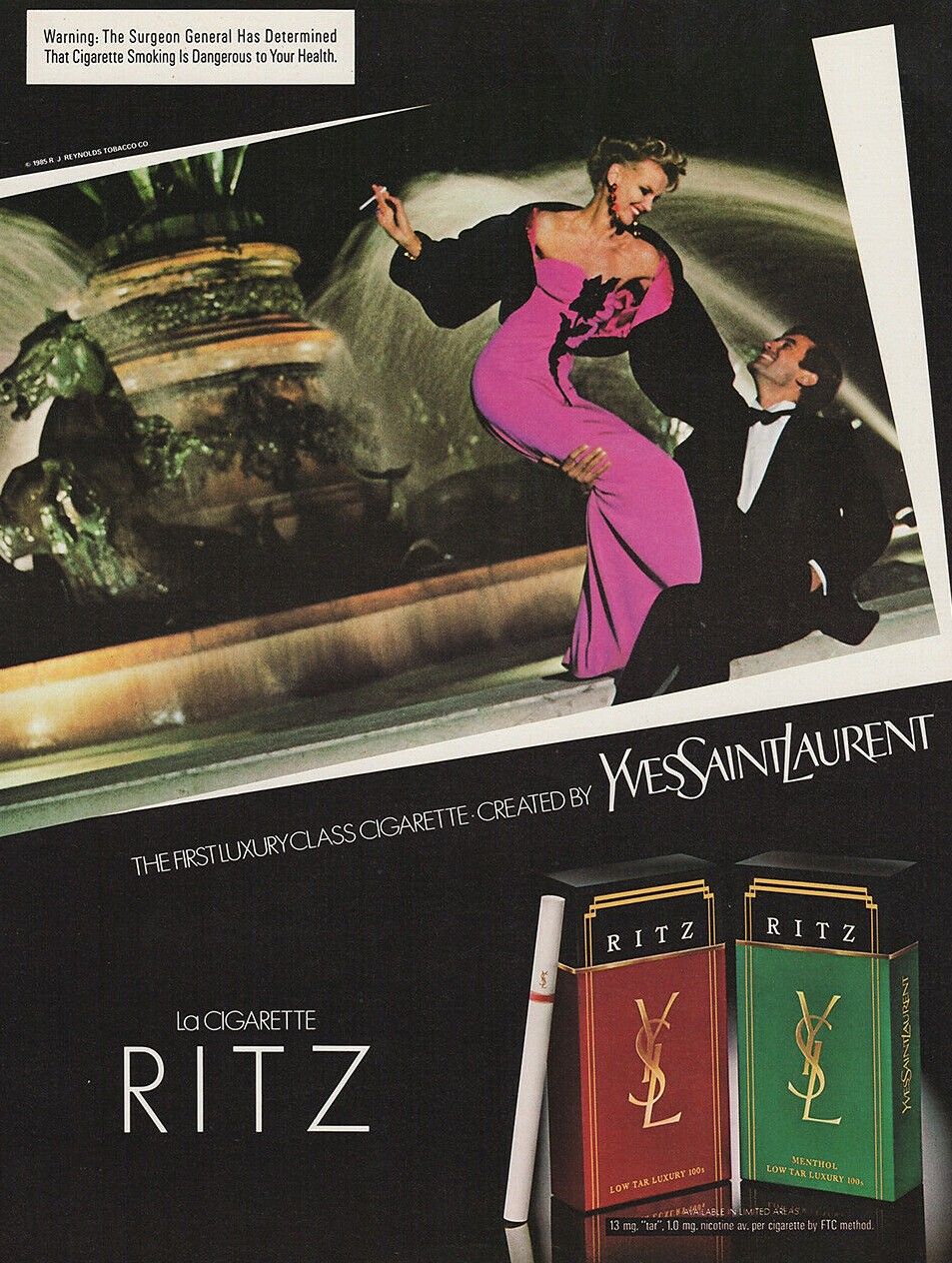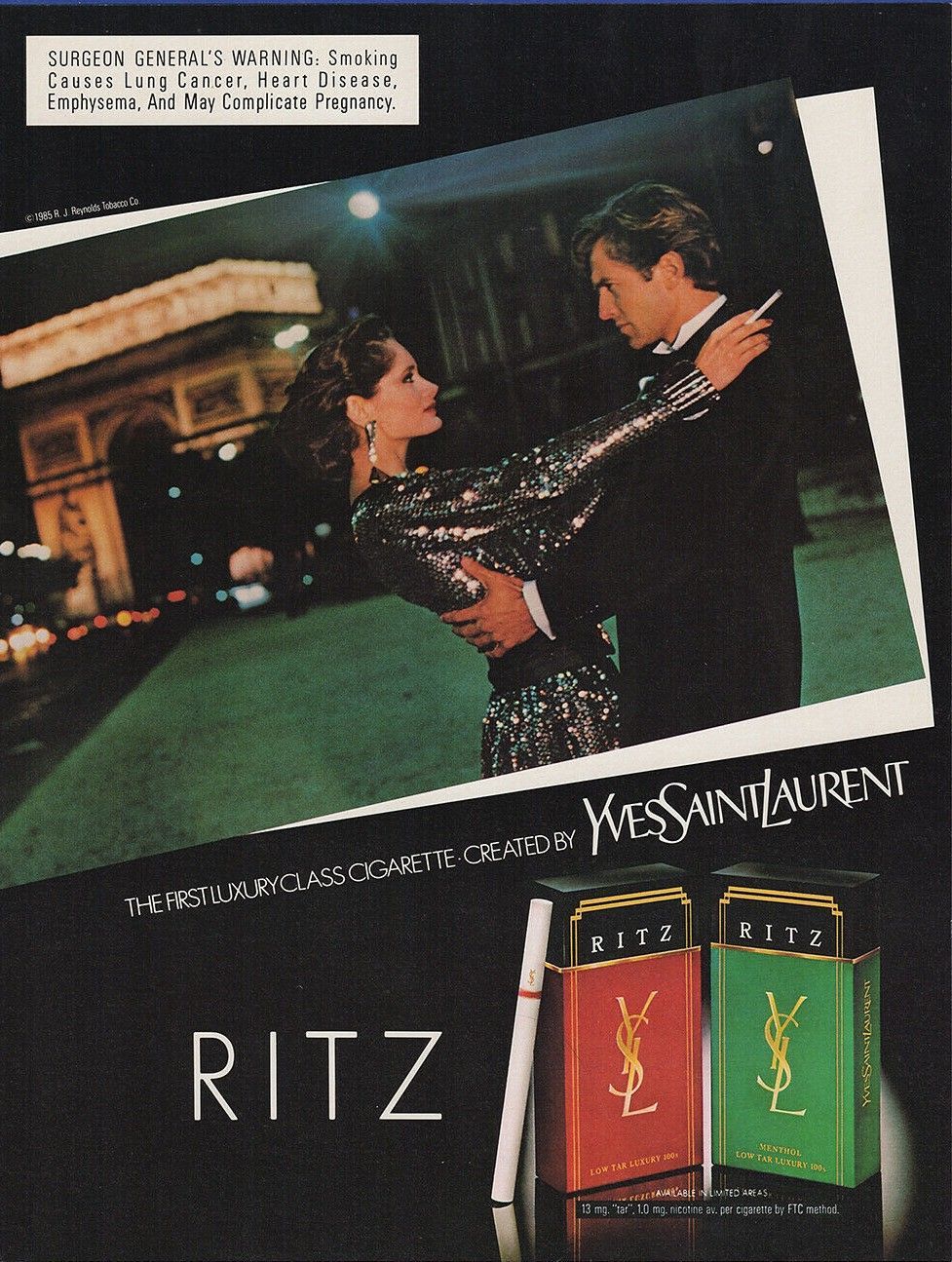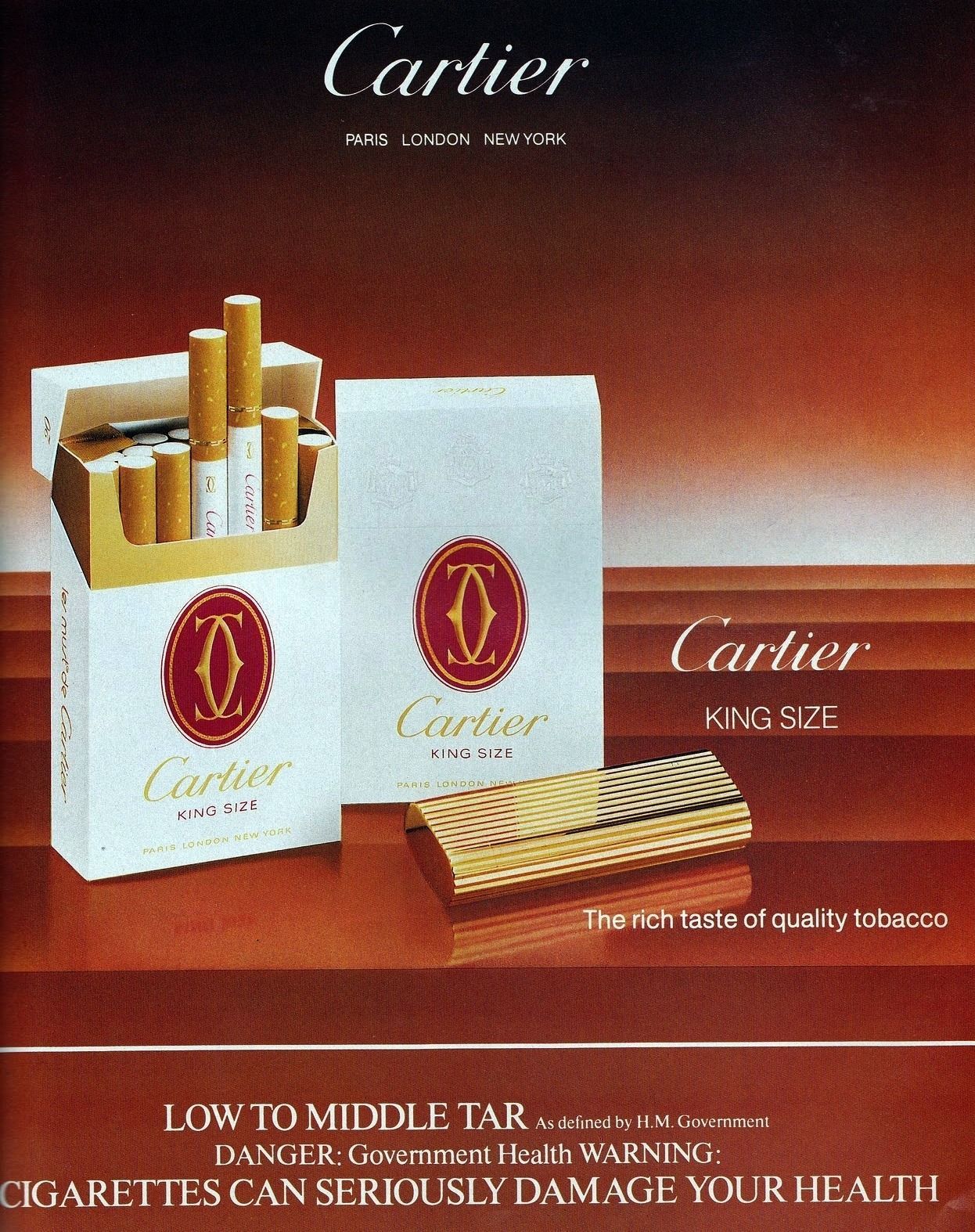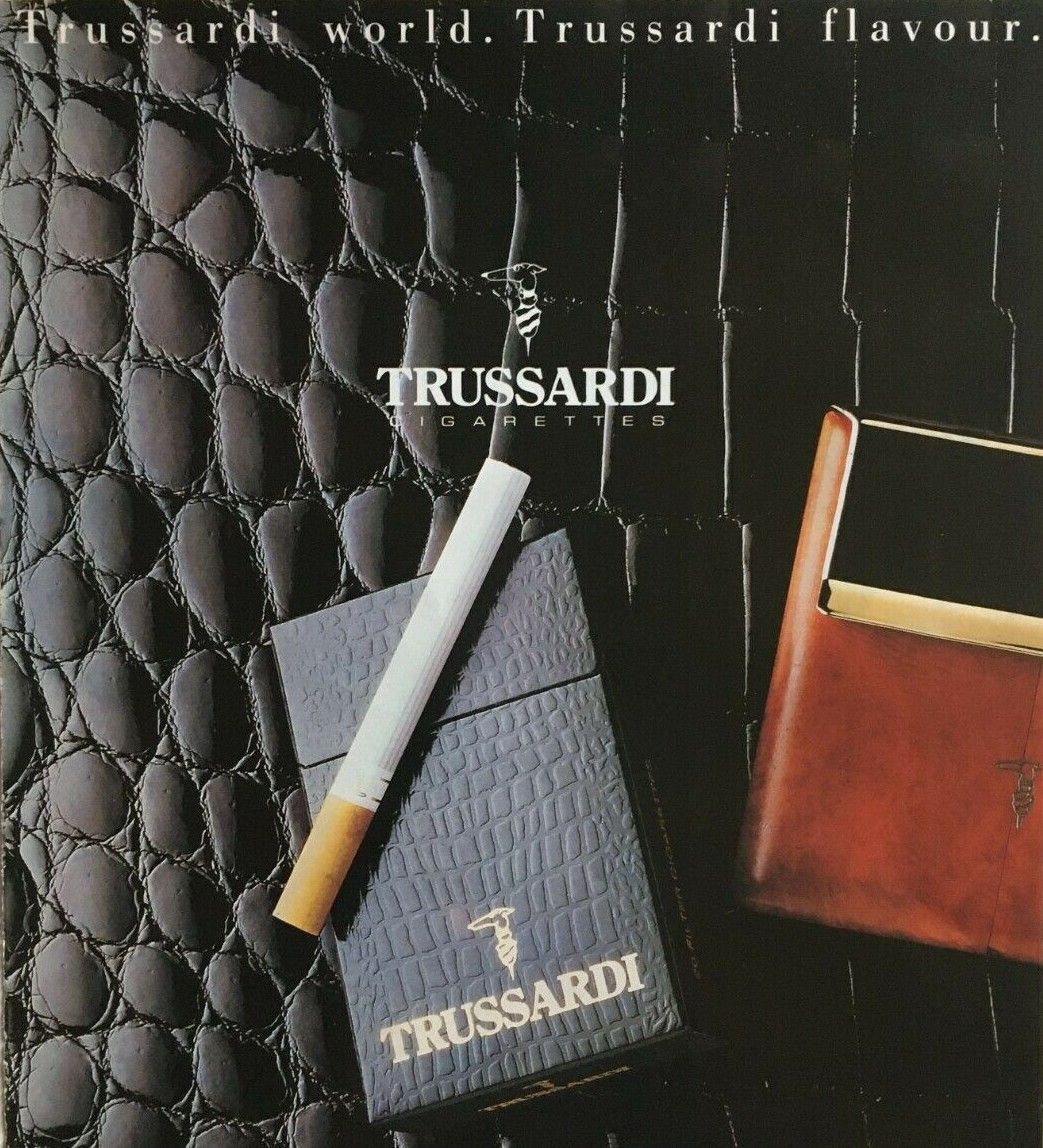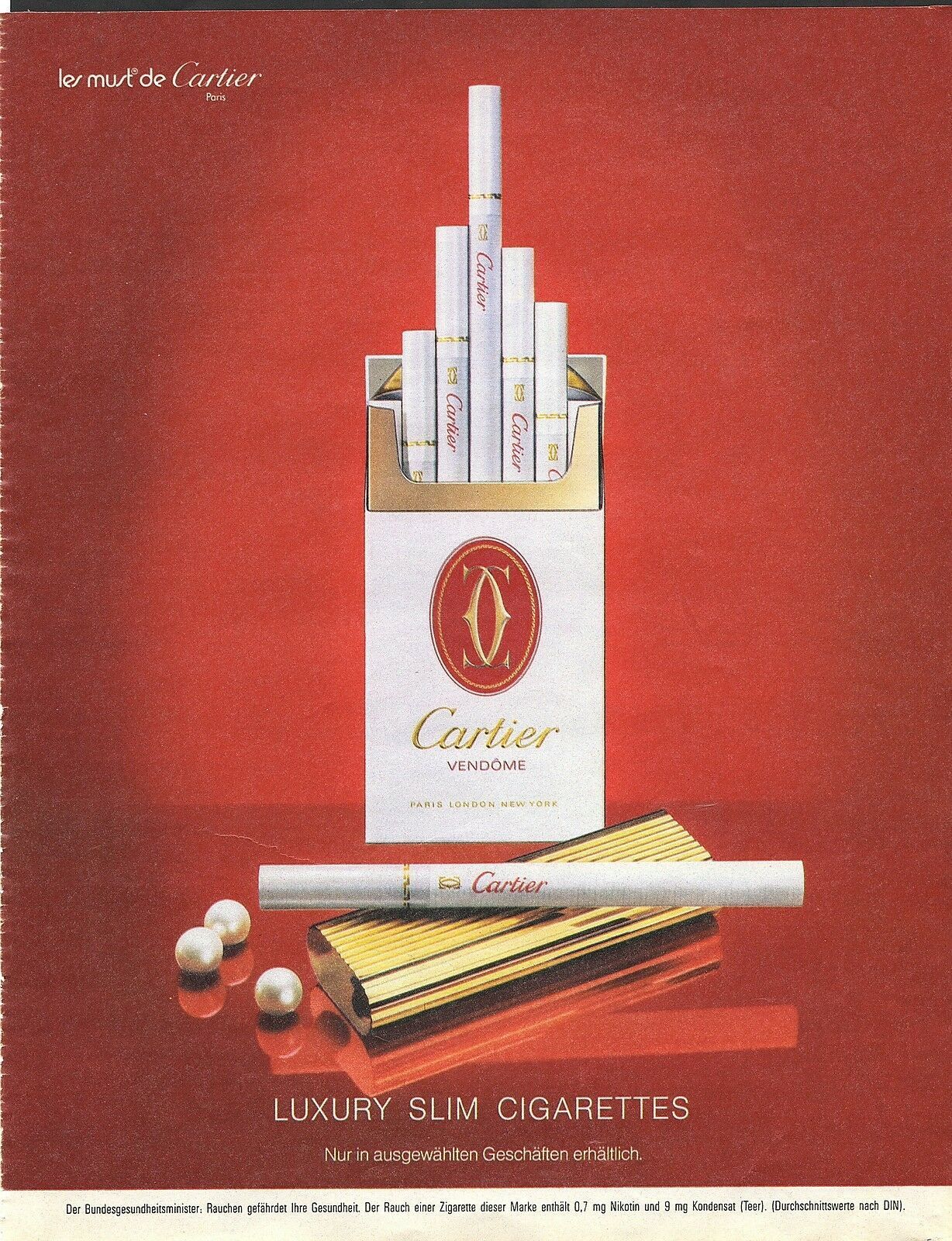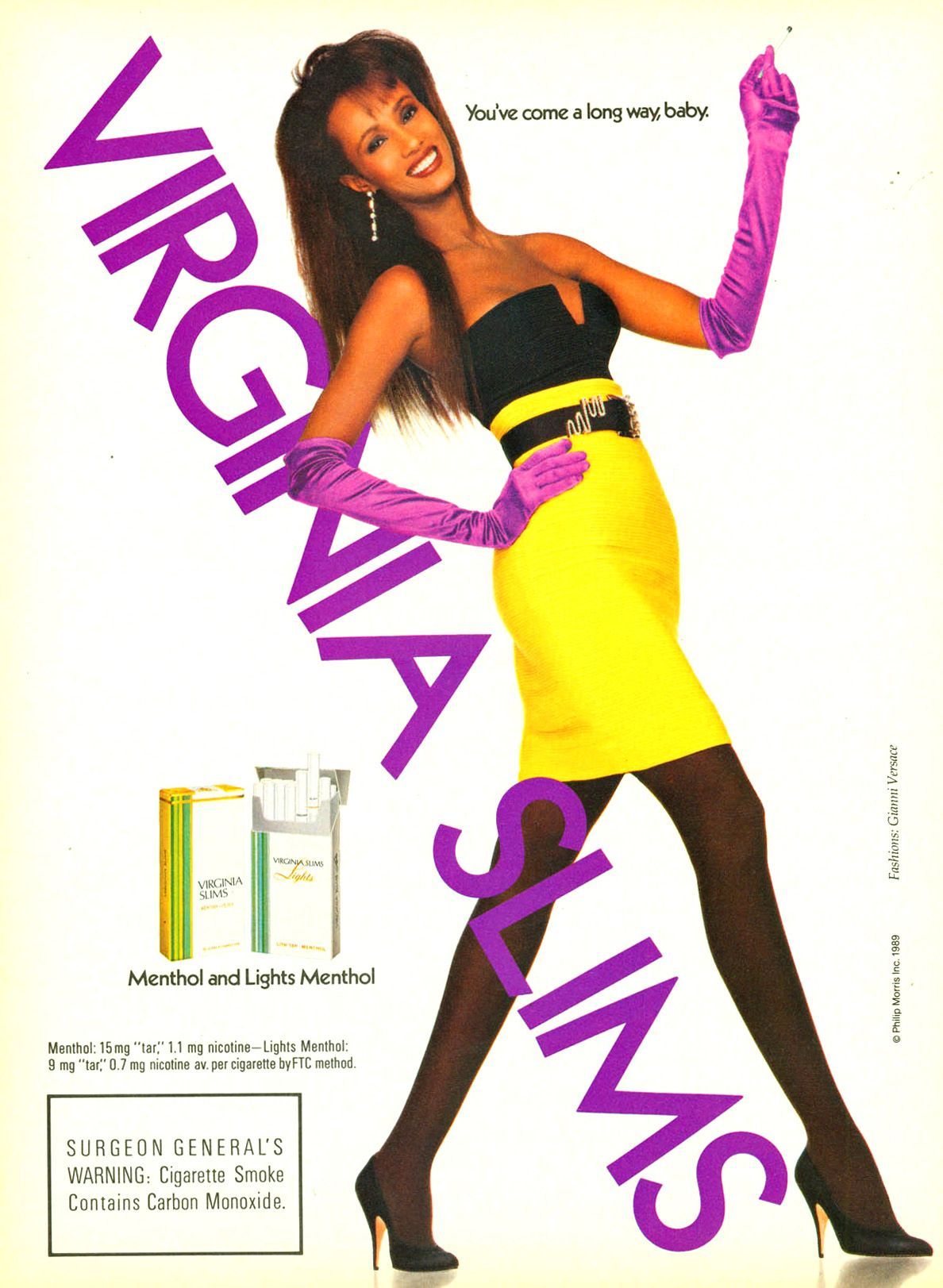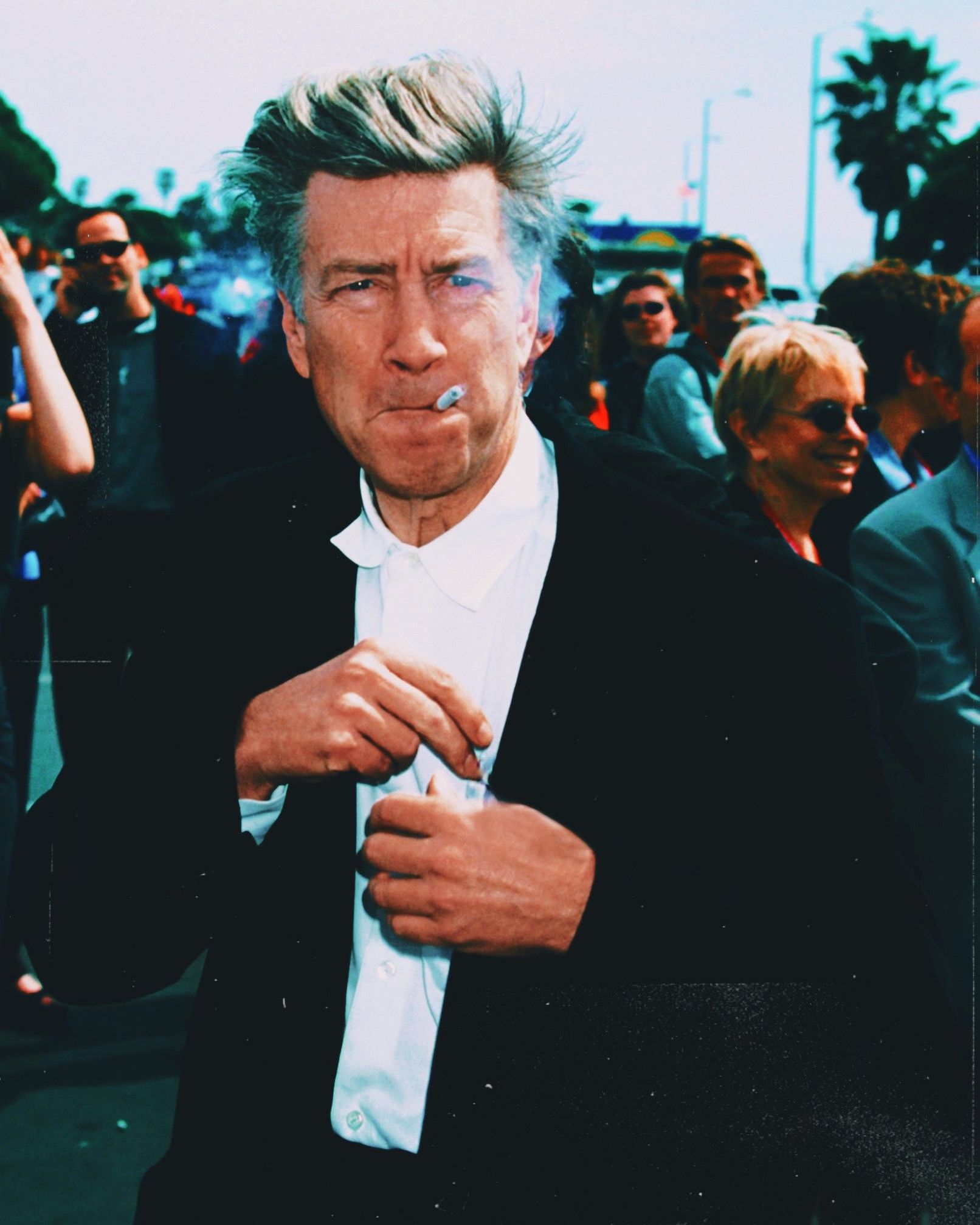
When David Lynch was filming cigarette commercials But also Godard, the Coen brothers and Giuseppe Tornatore
Some time ago, during the release of the new season of The Bear, a video went viral showing the three main characters of the series smoking a quick cigarette behind a sort of fence, away from the public eye. A sight fans of the series are accustomed to, as both Jeremy Allen White and his character are avid smokers. Nonetheless, the stigma surrounding cigarettes is more alive than ever today – and the stigma has extended to their surrogates like e-cigarettes, vapes, and so on. Yet there was a time when the cigarette was, on screen, the literal representation of cool: favored by detectives and femme fatales, loved by villains and antiheroes, rebellious teenagers who smoked it secretly, and tough men who lit it between adventures. We could also say that, before the wave of health puritanism that first hit America and then the world, turning the cigarette into a stinky poisonous stick suitable for the least educated proletariat, the cigarette was a symbol, a cultural icon, something as legendary and ubiquitous as Coca Cola and Michelin tires. It was at that moment, at the end of their golden age, in the '90s, that the Swiss tobacco company F. J. Burrus commissioned a series of commercials for the Parisienne cigarette brand to some of the most visionary directors in cinema, including David Lynch, the Coen brothers, Emir Kusturica, Roman Polanski, Wim Wenders, Giuseppe Tornatore, and Jean-Luc Godard. Each director had complete creative freedom, resulting in unique short films that blended auteur cinema with advertising.
Today, these cigarette commercials would give a heart attack to the vast range of moralists with deluded notions, ranging from the classic almond mom to the most Luddite ecological maniacs. Nonetheless, they remind us of a time when these celebrity collaborations existed not only in the rarefied and repetitive world of fashion (like Bulgari ads shot by Paolo Sorrentino) but also when executives were able to give carte blanche to creatives. For instance, David Lynch created a commercial that seemed like a condensed version of one of his films. The ad was infused with his dreamlike quality, combining disturbing images and a mysterious atmosphere. It depicted a noir scene with shadowy figures and an enigmatic narrative, reflecting Lynch's interest in the subconscious and the bizarre. For his commercial, Jean-Luc Godard, a Maoist pioneer of the French New Wave, filmed a skateboarder navigating between large cigarette packs, a man walking barefoot among scattered cigarette boxes, and a sophisticated woman reading a book titled "Parisienne People." The soundtrack also included a reading from Racine.
Even at the time, there were those who smiled at the irony of an anti-capitalist director making a commercial. At one point, there were also the Coen brothers, who set their mysterious vaudeville performance spot in which a dandy, at the end of the show, simply whispered "Again". And then there were the Balkan acrobats of Emir Kusturica; the vaguely disturbing gothic commercial complete with vampires and castles of Roman Polanski (which today has taken on even more worrying tones given the accusations that hit him years later). The beauty, however, is that each spot not only shows the style but also the personal obsessions, preferences, and point of view of the author who made it. When the quality is such, less than a minute (the length of the commercials) is enough to frame everything in a sharp and striking narrative.
The involvement of high-profile directors in cigarette advertising highlights a bygone era when smoking was intertwined with cultural and artistic expression. In the '80s, several luxury fashion brands also entered the cigarette market. Givenchy, Versace, Pierre Cardin, Christian Lacroix, and Cartier launched their lines of cigarettes, targeting the fashion-conscious elite. Particularly noteworthy was Yves Saint Laurent, who introduced "Ritz" cigarettes in 1985. These cigarettes were marketed as the epitome of elegance, with the iconic YSL logo in line with the brand's sophisticated and opulent image. The advertising campaigns, photographed by Helmut Newton, depicted glamorous women in luxurious settings, reinforcing the allure and mystery of smoking. Elsewhere, another incredible thing to say, in the late '80s Gianni Versace dressed the models who posed for Virginia Slims advertisements - a type of endorsement that would be unthinkable today because there are no cigarette advertisements and because no designer, no matter how much they love smoking, would ever think of lending a total look to such an advertisement.
Today, many brands have tried to chase that unique intersection between art and advertising – but those who want to do so should take the Parisienne People advertisements as a lesson. Without worrying about image, coherence, or even commercial needs (strange to say, but it is so), the brand executives gave those directors a creative freedom, and even some risks, that not even the best creative directors have today. Let alone the advertisers.











































